Creating a Schema
Once you’ve logged into your Dromo account, you can access Schema Studio from your Dromo dashboard. Here, you can create a new schema or update any schemas you’ve previously created. Click Create Schema: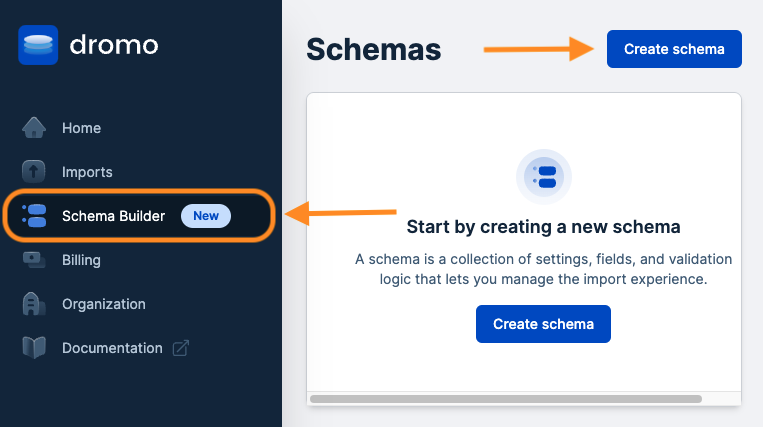
1
Add a Name
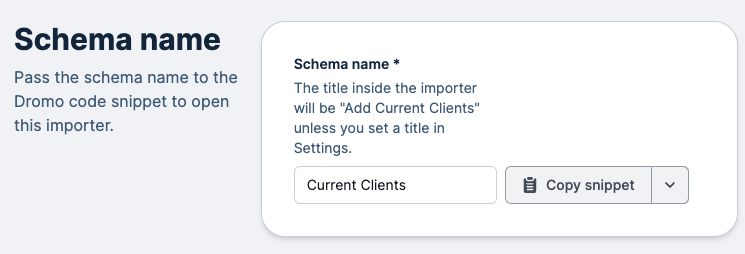
2
Customize your importer
Next, you can customize the importer your end-user interacts with: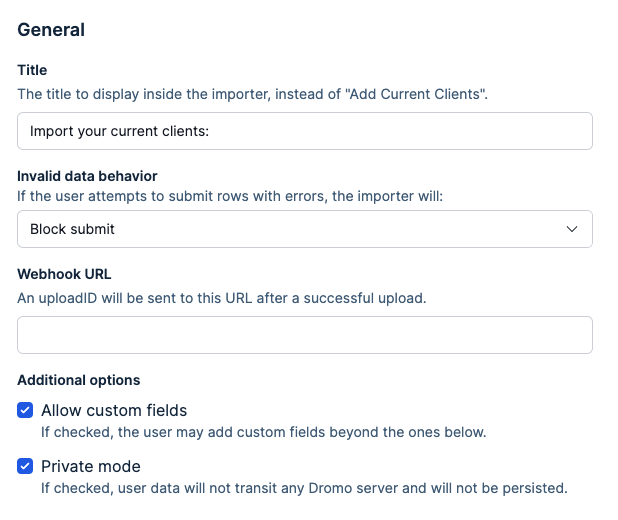
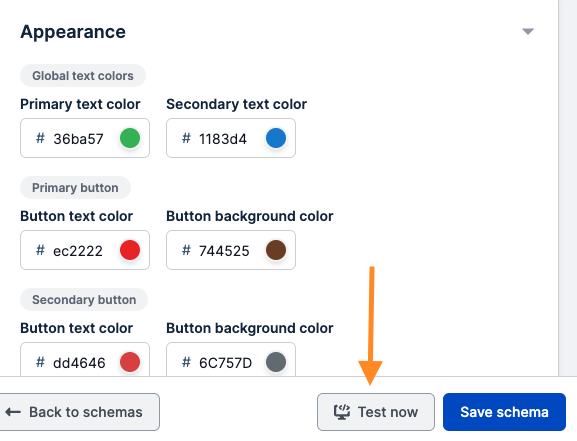

- title
- behavior for invalid data
- a webhook URL where new submissions are sent
- ability to let users add custom fields
- private mode settings
Private mode lets you to control whether user data is sent or persisted through Dromo’s servers. Private mode is only available on the Dromo Pro plan.

3
Add fields to your schema
Next, you’ll define your schema’s fields. You can think of a schema’s fields like columns in a spreadsheet.If you are importing your user-collected data into a database, you’ll want your data to be in the shape your database table expects. This means your schema’s fields usually match the columns in your database. For example, let’s say you have a client database table with two columns for clients’ names and emails. Your schema would have two fields to match your database table; one for our clients’ names and a second for their emails.You can add fields in two ways: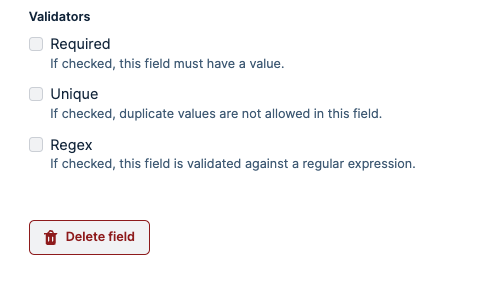
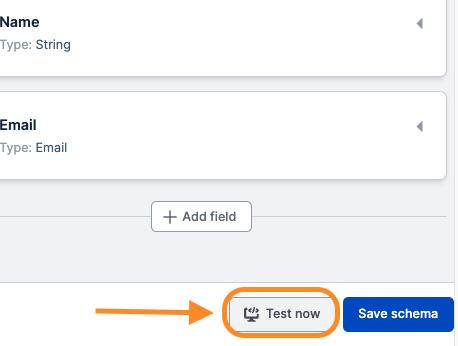
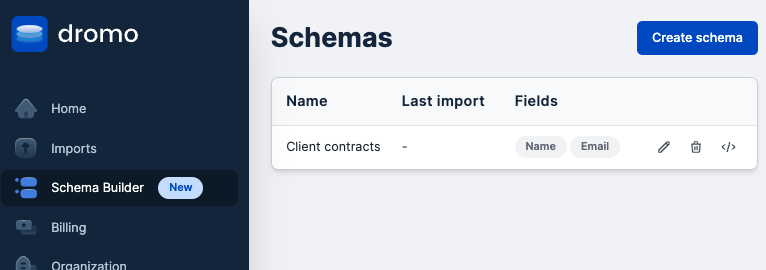
- Importing a CSV and letting Schema Studio automatically detect the field and types.
-
Manually clicking the Add field button.
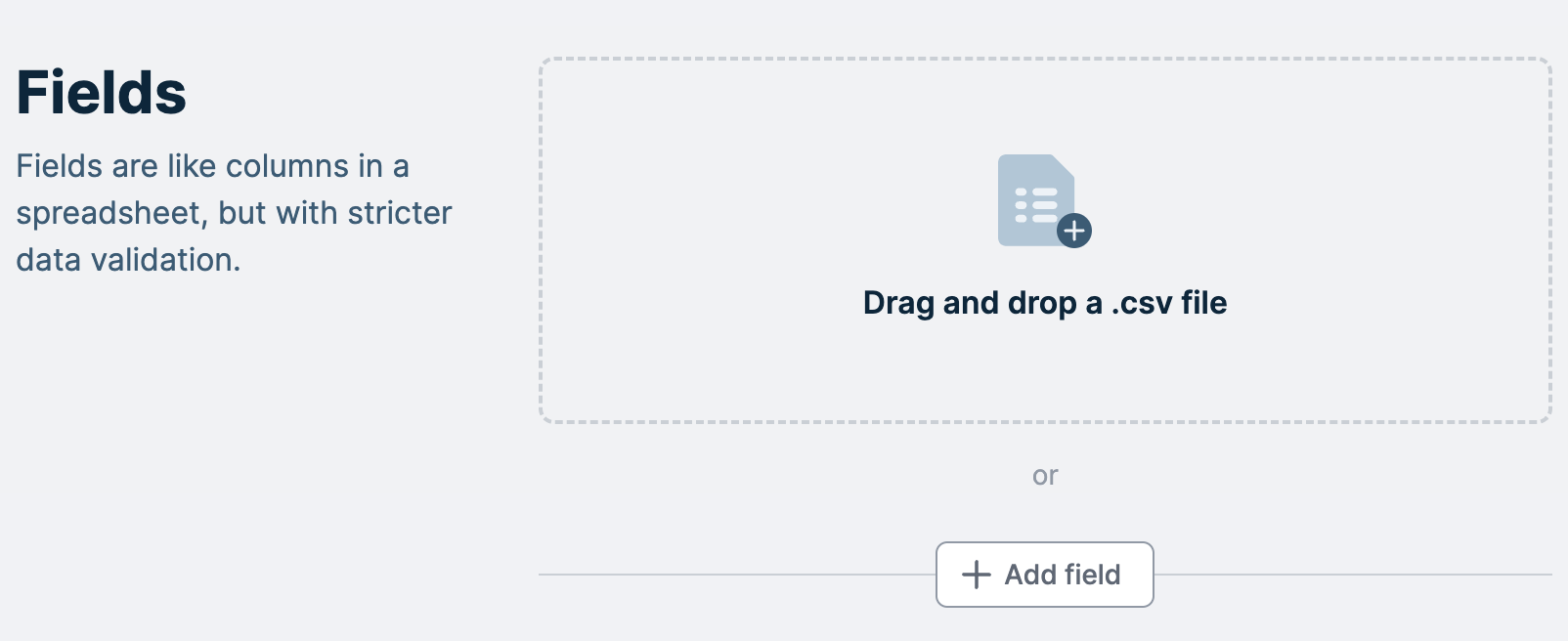
- Label: The column name your users see in the importer.
- Key: The field’s unique identifier is this field’s key in the JSON results.
- Description: A description for this field that your users will see in the importer.
-
Type: The type of data your user should input (e.g., email, date, text, etc.).
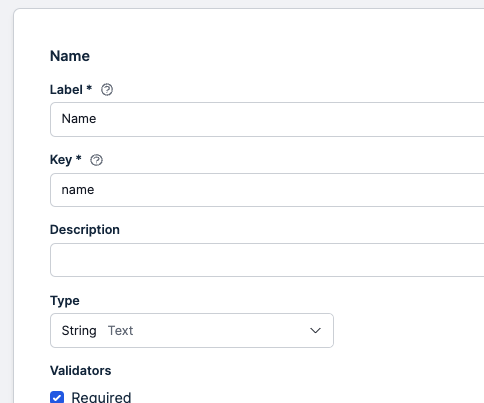



Using Schemas
To start using a schema in your application, click on the angled brackets icon in the Schemas Tab in the Dashboard: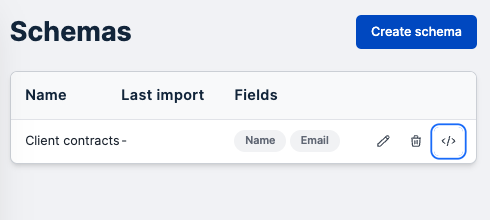
You can see your user’s imports from the Imports Tab in your Dromo dashboard.
onResult callback.
Advanced Usage
Assigning User Metadata
Currently, your importer doesn’t know who is using it to upload information. If a user uploads data, there is no associated metadata for that user, so all user-related fields are left blank:
Development Mode
TheDromoUploader offers a “development mode” for testing import flows or iterating on finishing touches. Dromo doesn’t charge you for data you import in development mode, but you are restricted to only importing 100 rows for any given file.
Your importer runs in development mode by default if you do not have an active Dromo subscription. To run Dromo in production, upgrade to one of our pricing plans.
DromoUploader into development mode using the setDevelopmentMode method, like so:

